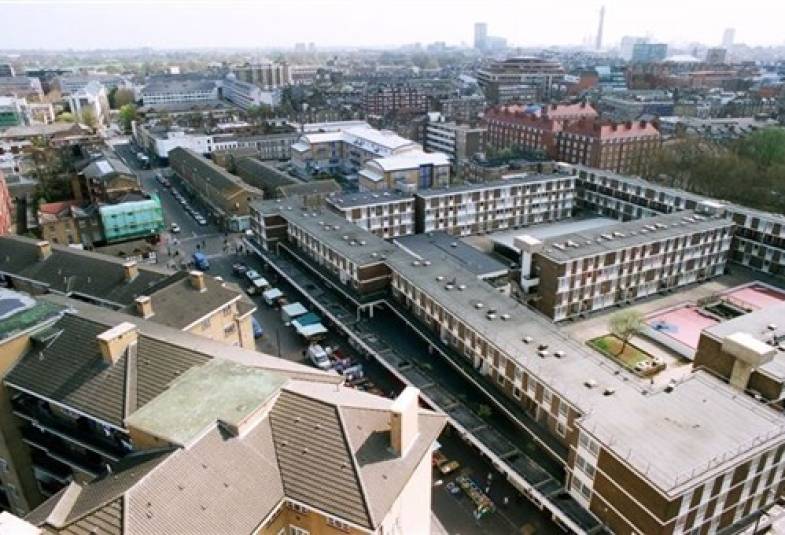16/02/2021
This blog is written by a member of the independent Commission. These views do not necessarily represent the views of the Archbishops' or the Church of England.

St Paul’s parish, Marylebone is in the most densely populated ward in London.1 Made up largely of two social housing estates – Church Street and Lisson Grove – its community is tight-knit. In the last ten years, residents in the area have felt under threat from plans for large-scale redevelopment that risks loss of homes and erosion of community.
The masterplan for the area was based purely around ‘building as many houses as possible’, says Revd Clare Dowding, the vicar at St Paul’s. It would lead to existing social housing being demolished, with only half of the replacement housing being even classed as ‘affordable’, leaving it out of the reach of the local population.2 Clare explained ‘we know London needs to increase housing but [the way this is planned] really affects the local community.’
The residents set up a Neighbourhood Forum to critique the proposals, with the eventual aim of producing a Neighbourhood Plan – an official document, approved by a local referendum, which would have to be followed in all future development.
St Paul’s church has community activism ‘in its DNA’, so its congregation has been part of the forum from the beginning. Clare is now the co-chair, stepping up when no one could fill the position. Members of St Paul’s feel that the church’s involvement brings something unique to the forum.
As Clare explained, the church’s position often makes stakeholders take notice. This reputation isn’t just reserved for the vicar, but also other members of the church. Being part of something bigger allows the congregation to feel that they aren’t alone in their activism.
At the same time, St Paul’s has a lot of respect locally. Members of the congregation have a habit of asking people’s opinions on local issues when they run into them at the marketplace, and this culture allows them to speak with authority.
The forum’s achievements have mostly been small, but together these add up to considerably improving the plans. For example, Clare is most proud of successful campaigns on how the public spaces in the area will be used. A design for ‘the Triangle’ in the middle of their market was unsuitable, so they garnered local opinion. Listening to this, made the architects go back to the drawing board. This success has made them confident that their long-term work on the Neighbourhood Plan can make a difference.
Clare emphasises that churches should not seek to take control, because good work is often already being done. Instead, say ‘we want to be part of this’ – not just as an individual, but as an institution, with a building to host meetings and a community of people to support and consult with. The Archbishops’ Housing Commission is encouraging churches to promote the voices of their community – whether through existing structures or establishing something new. Let’s follow the lead of St Paul’s, and ‘use the power the church has, but use it well’.
Notes
- Data taken from the Greater London Authority’s Land Area and Population Density, Ward and Borough, based on the 2011 Census.
- ‘Affordable’ housing is classed as that sold or rented at 80% of the market value or below. This definition has been widely criticised for being disconnected from what people can afford.
- Only half of the overall development in the Church Street masterplan will be ‘affordable’ – even by the misleading definition often used – see here.
- St Paul’s often offers the use of their multi-use space for Neighbourhood Forum meetings. It is one of the largest community spaces locally.
- The Neighbourhood Forum has been going for about a decade. There are representatives from local tenant and resident groups, market traders, and the adult education services.
- Members of St Paul’s are involved, and some are also chairing residents’ groups.